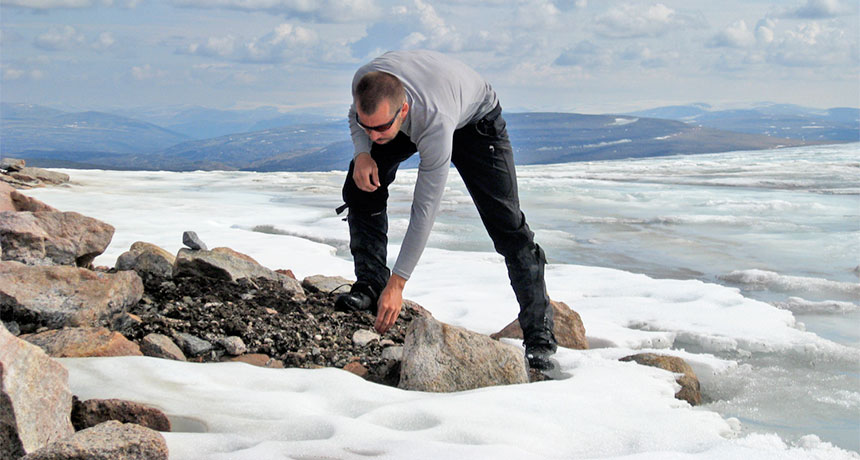
SEATTLE — Some mosses in the eastern Canadian Arctic, long entombed in ice, are now emerging into the sunlight.
And the radiocarbon ages of those plants suggest that summertime temperatures in the region are the warmest they’ve been in tens of thousands of years.As the planet warms and the ice retreats on Canada’s Baffin Island, the change is revealing plants long buried beneath the ice. And in some locations, the emerging plants last saw the sun at least 45,000 years ago — and possibly as much as 115,000 years ago. Paleoclimatologist Gifford Miller of the University of Colorado Boulder reported the finding October 22 at the Geological Society of America’s annual meeting. “We were stunned,” Miller said.
Miller’s team has collected an impressive number of samples and their findings are very compelling, said geomorphologist Lee Corbett of the University of Vermont in Burlington, who was not involved in the study. “It truly is an indication that humans are pushing the climate into a new regime, one that modern, agriculture-based civilizations have never witnessed.”
To track the growth and retreat of ice cover in the region, Miller and…
The post As ice retreats, frozen mosses emerge to tell climate change tale appeared first on FeedBox.